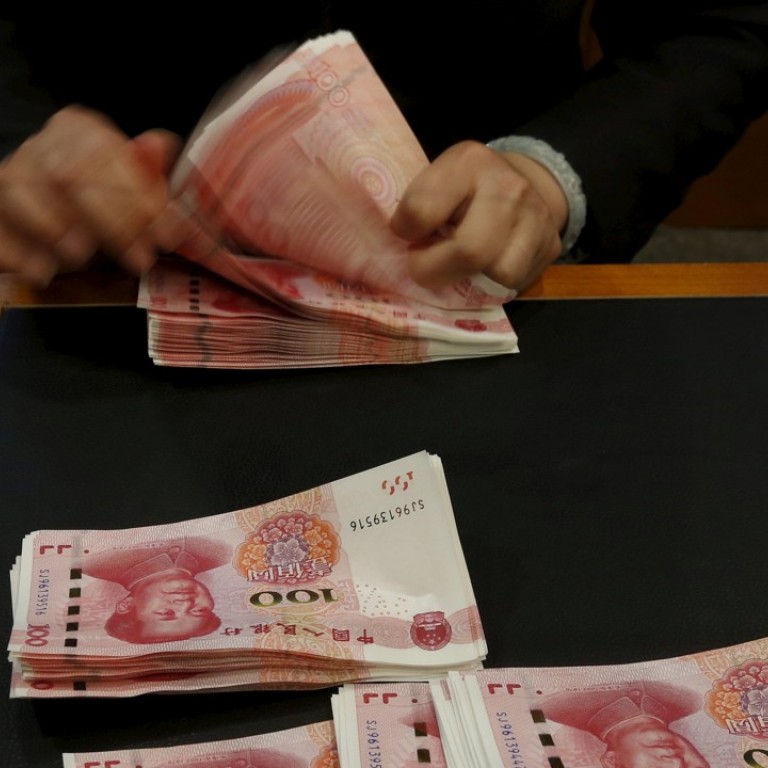
Yuan in six-month losing streak, its longest since 1992, after dropping 3.95 per cent against US dollar in third quarter
US interest rate increase factored in, likely to have limited impact on Chinese currency, says central bank adviser
The yuan fell against the US dollar for a sixth consecutive month in September, its longest losing streak since 1992, as Beijing allowed the currency to depreciate to cushion the Chinese economy amid its trade war with the United States.
The onshore yuan, which is traded in China, dropped by 3.95 per cent against the US dollar in the third quarter; against a basket of trading partners it dropped by the most in more than three years, according to Bloomberg data.
Why China is unlikely to weaponise the yuan, even as the trade war rages
Sheng Songcheng, an adviser to the People’s Bank of China, the country’s central bank, said on Thursday the fact that the yuan had already made significant adjustments vis-à-vis the US dollar meant this week’s interest rate increase by the US Federal Reserve would put limited pressure on China’s currency.
He was quoted by the Chinese financial news outlet Yicai as saying: “To address all the contradictions faced by China’s economic and financial systems, the country should maintain an independent monetary policy. It is currently not appropriate to follow the Fed’s interest rate increase.”
The PBOC left short-term rates unchanged on Thursday, choosing not to follow the benchmark interest rate increase by the Fed, despite the risk that it could put renewed pressure on the yuan.
How a global payment system cashes in on the yuan’s increased use – learn Chinese
Analysts have, however, forecast the yuan will take a breather in the coming month or so, having dropped by 9 per cent since April. The currency is now likely to trade in a narrow range of between 6.8 and 6.9 yuan per US dollar after a slew of measures taken by the PBOC to support it. For instance, the central bank last month reintroduced the “countercyclical factor” to its formulation of the daily yuan reference rate and it has also made it more expensive to short the currency.
At this juncture, the best policy response from Beijing to avoid escalating the US-China trade war is to maintain the status quo on macro policies until the midterm elections in the US in November are over, DBS Bank said in a research note on Friday.
China’s move to prop up the yuan is a smart strategy to defuse trade tensions with the US
It said China should keep the yuan stable by further tightening capital controls to curtail a potential flight of capital on the back of rising US rates.
Should the Trump Administration levy tariffs on the remainder of Chinese exports on January 1, this will be the maximum stress point, forcing Beijing into a policy response, DBS added.
Rating agency Moody’s said in a report on Thursday China was not expected to use large-scale intervention to defend the yuan, involving significant use of foreign reserves, because the country had more experience in managing currency flexibility, and because it had tighter and effective controls on capital flows in place.
The real reasons the yuan fell had little to do with Chinese manipulation
Nevertheless, China’s policy was likely to evolve to manage greater currency volatility over the longer term as the country’s current account gradually shifts into a structural deficit, Moody’s said.

